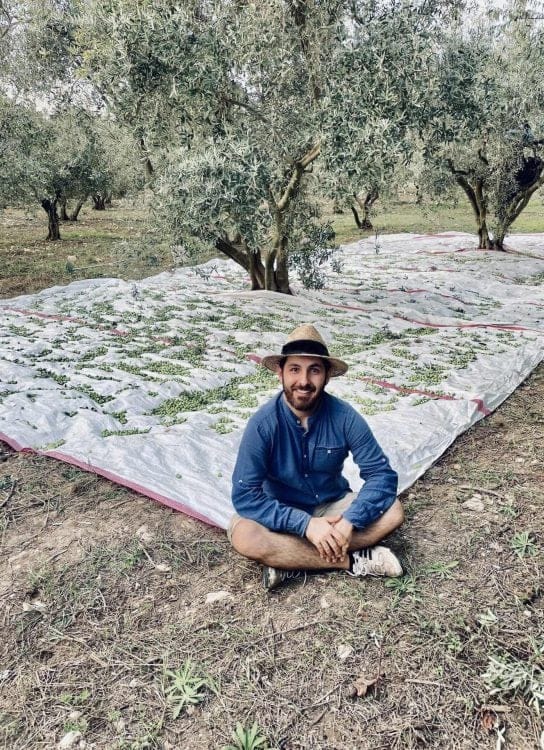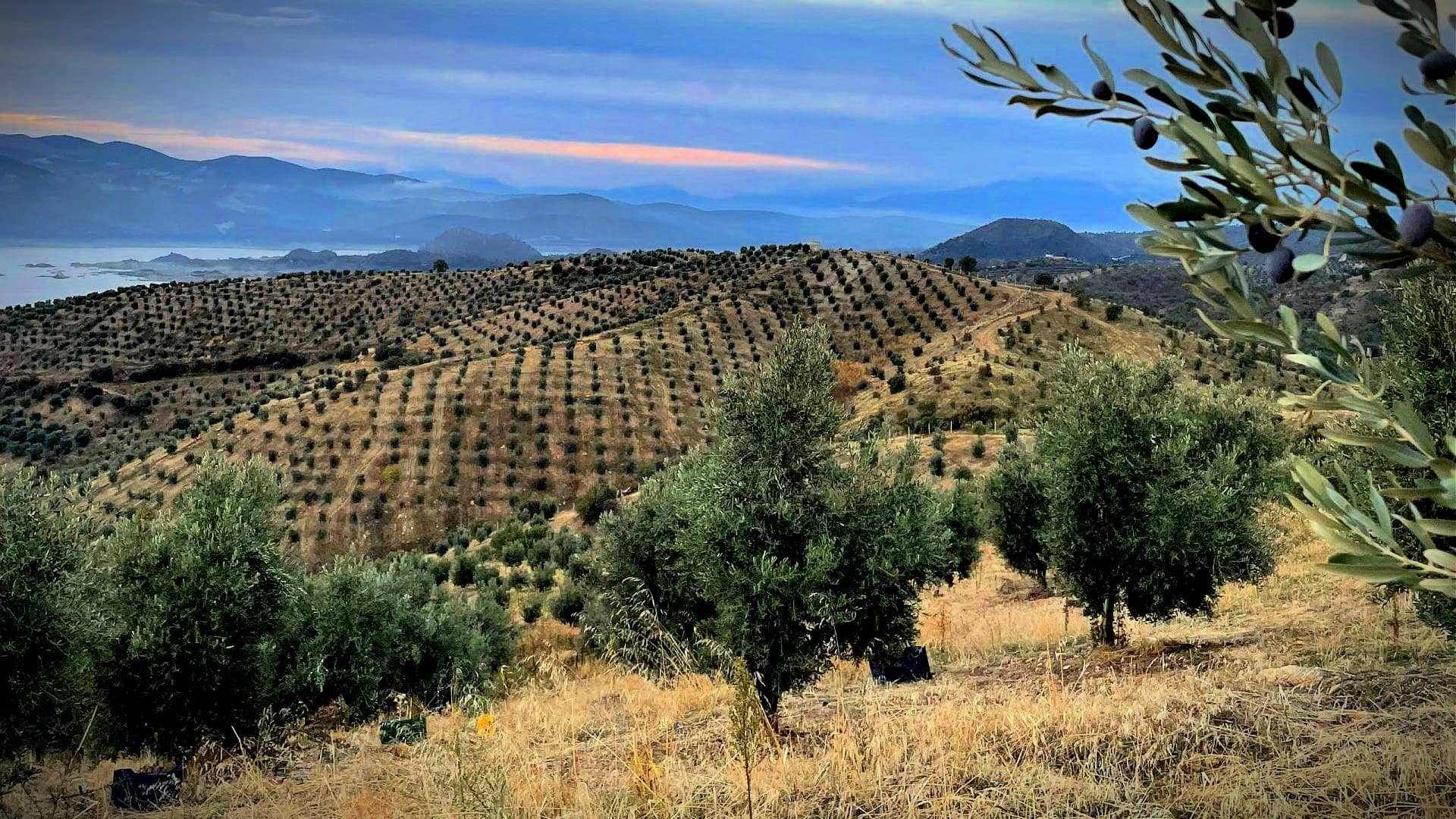Signs Suggest a Weak Harvest in Turkey
After last year’s record-high yield of 421,000 tons, olive growers and oil producers in Turkey expect a lower harvest in the 2023/24 crop year.
Producers across the country’s most fruitful olive oil-producing regions said cold and rainy weather in the spring had damaged olive trees as they were blossoming, leaving many barren.
Low temperatures in November and rainy days at the beginning of December may increase the percentage of oil in olive fruits. That would be the ideal condition.
Furthermore, the devastating earthquakes that shook eastern Turkey in February damaged olive trees and mills in the region.
After enjoying a bumper harvest in the 2022/23 crop year, Yusuf Ozpinar, the managing partner of Zetmar Food and International Trading Company, said he expected to produce 60 percent less olive oil in 2023/24 from his groves in southwestern Turkey.
See Also:Harvest Updates
“There was a significant change in the timing of the spring season,” he told Olive Oil Times. “We had a longer winter this year. During the blossoming period, the air temperature was lower than usual, and we had a lot of rainy days, which affected the fruit setting negatively. We didn’t see it yet, but too much rain in the spring may cause fungal diseases too.”
Taking a wider view of the situation, Mustafa Tan, president of the National Olive and Olive Oil Council, said that production would likely decrease but that it remained too early to predict how much olive oil will be produced in 2023/24. The council will publish its official harvest estimate in September.
In its own preliminary estimate in May, the United States Department of Agriculture predicted that production would decrease to 280,000 tons in the 2023/24 crop year. However, the organization added that their estimates would continue to change as the season unfolded.
In its estimate, the USDA attributed the harvest decrease to many producers in the country entering a ‘off-year’ in the natural alternate bearing cycle of the olive tree.
On and off years
In the context of olive oil production, the term “off-year” refers to a year in which olive trees produce a lower yield of olives. Olive trees have a natural cycle of alternating high and low production years, known as “on-years” and “off-years,” respectively. During an on-year, the olive trees bear a greater quantity of fruit, resulting in increased olive oil production. This is influenced by various factors, including weather conditions, such as rainfall and temperature, as well as the tree’s age and overall health. Conversely, an off-year, also known as a “light year” or “low production year,” is characterized by a reduced yield of olives. This can occur due to factors like stress from the previous on year, unfavorable weather conditions or natural fluctuations in the tree’s productivity. Olive oil producers often monitor these cycles to anticipate and plan for variations in production. On-years are generally preferred as they provide higher quantities of olives for harvesting and processing, leading to increased olive oil output.
Zeynep Belger, the founder of Zayto, told Olive Oil Times that late-spring rain had damaged the olive trees as they were flowering. She now expects to produce 50 percent less olive oil than she previously anticipated.
“It is a farmer’s life; every year comes with different circumstances, and this year is no different,” she told Olive Oil Times.
Unlike many others, Belger said the drought had severely limited her production in the previous two crop years, led her to invest in a drip irrigation system, and hoped this would be a rebound season.
While cold and rainy weather has hampered olive development in western Turkey, successive 7.8 and 7.5 magnitude earthquakes shook southeastern Turkey and northern Syria on February 6th, resulting in 60,000 deaths, hundreds of thousands of displacements, and an estimated €30.6 billion in damages.
“The earthquake was, of course, one of the disasters of the century, causing damage to factories and olive groves,” Tan said. “The wounds are being healed with government measures and an understanding of corporate and social responsibility and a total struggle. Things are getting better every day.”
Looking ahead to the rest of the summer, Ozpinar said low temperatures in November accompanied by rain in December might increase oil accumulation and improve harvest forecasts.

Yusuf Ozpinar harvesting in southwestern Turkey
“Due to poor fruit set on trees, olive fruits will ripen faster and will be bigger,” he said. “It is good for table olive production, but that is the last thing we want when it comes to olive oil.”
“We will have to harvest earlier with low olive oil content in order not to see fruit drops and rotten olives on the ground,” Ozpinar added. “Low temperatures in November and rainy days at the beginning of December may increase the percentage of oil in olive fruits. That would be the ideal condition.”
While acknowledging that it is still too early to estimate the coming harvest, Ozpinar predicts that the national olive oil yield may finish as much as 10 to 15 percent below the five-year average of 254,600 tons based on current conditions and market behavior.
“An almost 80 percent increase in olive oil buying price of wholesale buyers in the last two months corroborates the expectation of a scarce harvest,” he said.
The 2023/24 crop year may not be as fruitful as the previous one, but Tan remains optimistic about the future of Turkey’s table olive and olive oil sectors.
“On the other hand, Turkey is one of the countries least affected by the negative global climate change in terms of olive cultivation, which causes our production quantity and quality to show better development compared to other countries,” he said.
“In other words, I am hopeful for this year, and I estimate that we can be an important producer and exporter country again with the transfer of stocks from this year,” Tan added.
With another poor harvest looming in Spain, Tan believes Turkey will continue gaining market share and increasing its olive oil exports.
“For the 2023/24 crop year, as long as the proportional decline in yields continues in other countries, especially Spain, as it did last year, it would not be unrealistic to expect Turkey to increase its production and exports with its total balance sheet and to take a deeper place in new markets,” he said. “With this general assessment, we are hopeful, and we will wait and see.”
While the impacts of climate change have not been nearly as evident in Turkey as they were last year in the Western Mediterranean basin, Belger believes that drought will continue to be a significant challenge for Western Anatolian producers, with rain falling at all the wrong moments for olive development.
“Looking at the long-term implications of the drought, my thought is that the small farmers who cannot invest in a watering system will suffer the most,” she said. “Extensive farmers who produce on an industrial scale, with large investments in infrastructure, will prevail.”
“The landscape for high-quality olive oil producers around the world might be impacted, and passionate consumers should be ready to pay the true value of an artisanal product,” Belger concluded.


